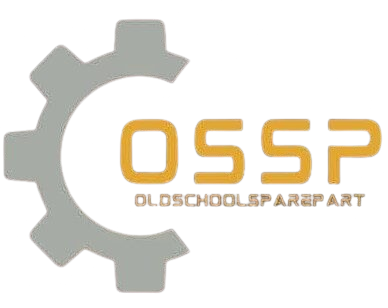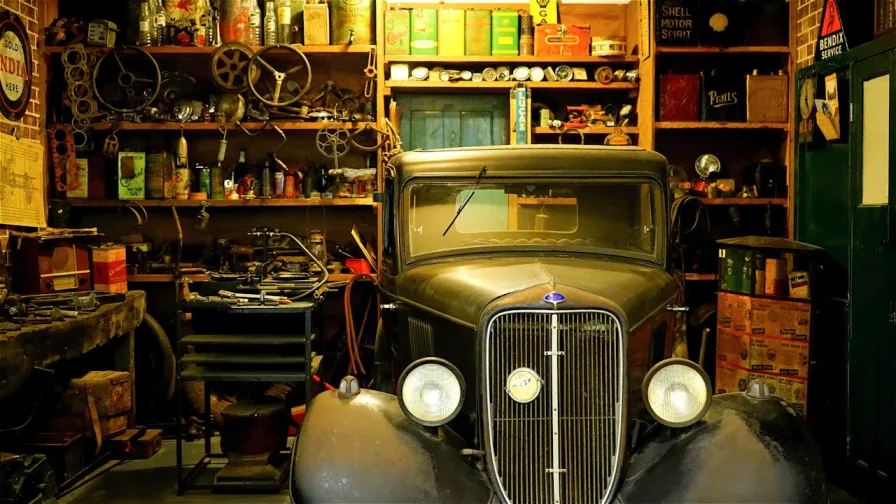Old school car spare parts represent a significant aspect of automotive history. They not only serve as essential components for restoring classic vehicles but also embody the craftsmanship and engineering principles of their respective eras. This article explores the evolution of old school spare parts, their importance in today’s automotive restoration scene, and the challenges faced in sourcing these components.
The Historical Significance of Old School Parts
The automotive industry has undergone tremendous changes since the invention of the automobile in the late 19th century. Early cars were built with simple designs and materials, making them easier to repair and maintain. As technology advanced, vehicles became more complex, and manufacturers began producing parts that were often specific to individual models.
Old school spare parts are crucial for preserving the authenticity of classic cars. For example, the Ford Model T, introduced in 1908, revolutionized the automobile industry. Its parts were designed for mass production, and many components remain sought after by collectors and restorers today. These parts not only help in maintaining the vehicle’s performance but also contribute to its historical value.
The Role of Old School Parts in Restoration
Restoration projects often aim to bring classic cars back to their original condition, which requires sourcing genuine parts. Old school spare parts play a vital role in this process, ensuring that vehicles maintain their original specifications. This is particularly important for collectors who appreciate the nuances of vintage vehicles.
Using authentic parts is essential for several reasons:
- Preservation of Value: Classic cars with original parts typically have higher resale values. Collectors and enthusiasts are willing to pay a premium for vehicles that maintain their authenticity.
- Safety and Performance: Old school parts are engineered to work with the specific characteristics of the vehicle. Using modern substitutes can lead to performance issues or safety hazards.
- Historical Integrity: Maintaining the original design and engineering of a car honors its history and the craftsmanship involved in its creation.
Challenges in Sourcing Old School Parts
While sourcing old school spare parts is vital for restoration, it can also be challenging. Many vintage parts are no longer produced, requiring restoration enthusiasts to seek them out through various channels:
- Salvage Yards: These are often the best places to find rare parts. While it may require time and effort to search through old vehicles, salvage yards can yield valuable components.
- Online Marketplaces: Websites dedicated to classic car parts allow enthusiasts to buy and sell components. However, buyers must exercise caution to ensure they are purchasing genuine parts.
- Specialized Vendors: Many businesses focus on old school parts, offering a curated selection of authentic components. These vendors often have extensive knowledge about classic cars and can provide valuable advice.
- Car Clubs and Forums: Enthusiast groups often share resources and connections for sourcing parts. Networking within these communities can lead to finding rare components and gaining insights into restoration techniques.
Old school car spare parts are vital for maintaining the authenticity and performance of classic vehicles. As the automotive landscape continues to evolve, the importance of preserving these components remains unchanged. Restoration enthusiasts face challenges in sourcing parts, but the rewards of restoring a vintage vehicle are well worth the effort. By understanding the history and significance of old school parts, car enthusiasts can keep the legacy of classic cars alive for future generations.

